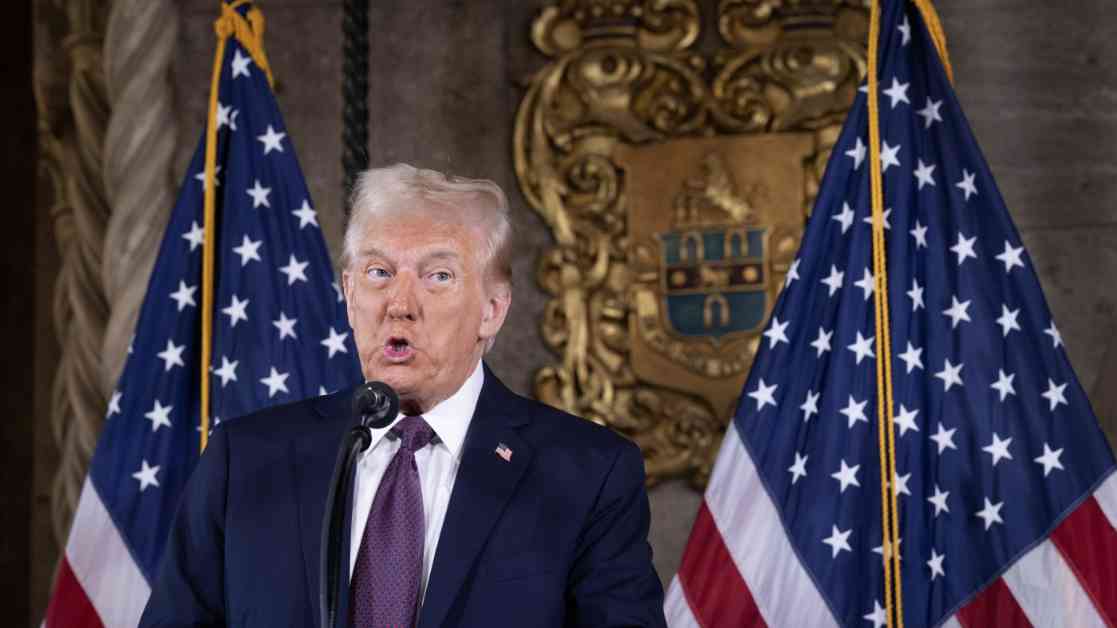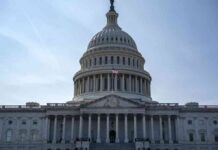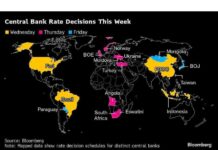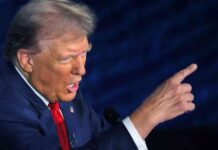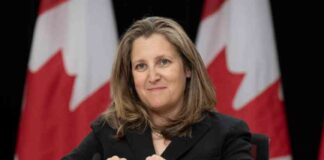Challenges Ahead: Trump’s Tariff Promises and Obstacles
In the ever-evolving political landscape, President-elect Donald Trump has once again stirred the pot with his recent bold promises regarding tariffs. Last week, Trump took to his social media platform to announce the creation of the “External Revenue Service,” aiming to collect tariffs and other revenues from foreign sources. However, this promise is not as straightforward as it may seem. The reality is that the majority of tariffs are paid by American businesses importing goods, not by external foreign sources. This declaration is just one in a series of ambitious pledges by Trump to utilize tariffs for the benefit of the United States.
The Goals for Tariffs: Revenues, Jobs, and the War on Drugs
Trump’s grandiose promises surrounding tariffs are multifaceted, with the primary goals being increased revenue, job creation, and addressing the issue of illegal drugs. Throughout his campaign and presidency, Trump has consistently touted the potential financial windfall that tariffs could bring to the U.S. treasury. He has also emphasized the role tariffs could play in boosting American manufacturing, particularly through imposing tariffs on products like cars made in Mexico.
Another key aspect of Trump’s tariff strategy is the perceived connection between tariffs and curbing illegal immigration and drug trafficking. By threatening tariffs on countries like Mexico and Canada, Trump aims to pressure these nations into tightening their immigration and drug enforcement policies.
These Tariff Goals are at Cross-Purposes
Despite Trump’s optimistic rhetoric, experts warn of inherent contradictions within his tariff policy. Erica York, vice president of federal tax policy at the Tax Foundation, highlights the fundamental conflict between using tariffs for revenue generation and protectionist measures. While tariffs can indeed generate income, the intended consequence of reducing imports through tariffs could lead to decreased revenue.
Moreover, the Trump administration’s assertions that tariffs can simultaneously achieve multiple objectives have been met with skepticism. Critics argue that the administration’s approach is overly simplistic and fails to acknowledge the complex trade-offs involved in implementing tariffs.
Higher Prices and Uncertain Revenues
Trump’s proposed tariff hikes, including levies of up to 60% on Chinese goods, have sparked both economic uncertainty and concerns about their potential impact on consumers. Despite Trump’s aspirations to emulate the prosperity of the 19th century, where tariffs played a prominent role in government revenue, experts caution against overestimating the revenue-generating capacity of tariffs alone.
Kimberly Clausing, a former Treasury Department official, warns that Trump’s tariff proposals could disproportionately harm lower-income Americans through increased prices, while benefiting higher-income individuals through proposed tax cuts. The ripple effects of escalated tariffs could include slower economic growth and retaliatory measures from foreign nations, further complicating the feasibility of Trump’s tariff agenda.
As the debate over tariffs continues to unfold, the Trump administration faces mounting challenges in reconciling its ambitious promises with the intricate realities of trade policy and economic consequences. Only time will tell whether Trump’s tariff strategy will deliver the intended results or fall short of its lofty objectives.

